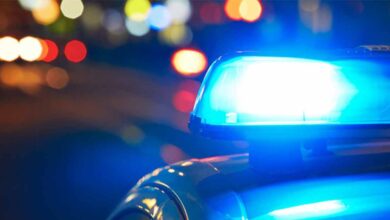
Expected Progeny Differences (EPD) Spotlight: Calving Ease
By Alexis DeCorby, AAg, Livestock and Feed Extension Specialist, Humboldt
No one wants to have calving difficulties, so calving ease is often top of mind when purchasing a bull. However, there is some debate over the best way to predict it. Some producers select based on actual birth weight, while others select based on Expected Progeny Differences (EPDs) for birth weight and/or calving ease.
Before we get into EPDs, remember that EPDs are a selection tool. Bulls still need be to structurally correct and visually appealing. A bull that is structurally unsound will not last long enough to make an impact on your herd, regardless of his EPDs. This article focuses on calving ease, however, a multiple trait selection criteria should be considered. Strictly selecting for low birth weights puts pressure on other traits, such as weaning weight.
Birth Weight: Actual Data and EPDs
Producers commonly rely on actual birth weights to determine if a bull is suited for heifers. The birth weight EPD represents the expected difference, in pounds, of one sire’s calves relative to another sire. This EPD takes into account the animal’s individual performance, as well as those of his genetic relatives, making it more accurate.
Two animals can have the same birth weight EPD, but have very different actual birth weights. To prove this, I used an online herd book to search for bulls with a breed average birth weight EPD. Actual birth weights started around 75 pounds, ranging into 90 pounds. It’s easy to see that selecting a bull based on actual birth weight is not accurate, since they all came out with the same birth weight EPD. It’s important to note that while birth weight is a large contributor to calving ease, it is not the only factor.
Calving Ease: Where and When
Calving ease is expressed as a percentage of unassisted births. It predicts how easily a bull’s calves will be born when he is bred to first-calf heifers what this tells us is the size and shape of the calf produced. Calves that are long and smooth-shouldered have easier births than calves that are wide-shouldered. Naturally, lighter calves will be smaller overall and are typically born easier. It’s important to note that the calving ease EPD is designed for first-calf heifers. When selecting a bull for mature cows, you may not require this number to be as high.
To further illustrate this, let’s come back to the group of bulls with the same birth weight EPD. Calving ease EPDs on these individuals ranged from -0.7 to 9.9. The bull with the best calving ease was not the smallest at birth. Between the lowest and highest individual, there is a 10.6 difference. We would expect that this bull would produce 10.6 per cent more unassisted births, compared to the bull with the -0.7 calving ease.
Keep in mind, there are always tradeoffs. One bull may offer superior calving ease, at the expense of weaning weight. This bull may be the ideal candidate for heifers, but may leave you disappointed if used on mature cows.
For more information on this topic, register for the virtual Ranch Management Forum on Jan. 18, 2021, where we will discuss EPDs. For more information on EPDs, or any other livestock-related questions, please contact your local livestock and feed extension specialist or call the Agriculture Knowledge Centre at 1-866-457-2377.
For the latest information and for more updates on everything Kindersley ‘Like’ the Kindersley Social Facebook page below…








































